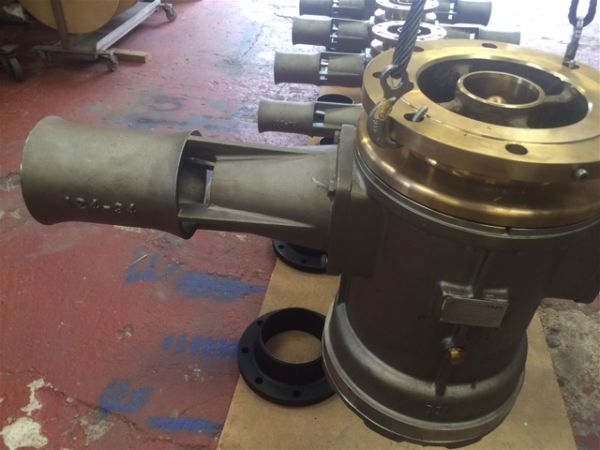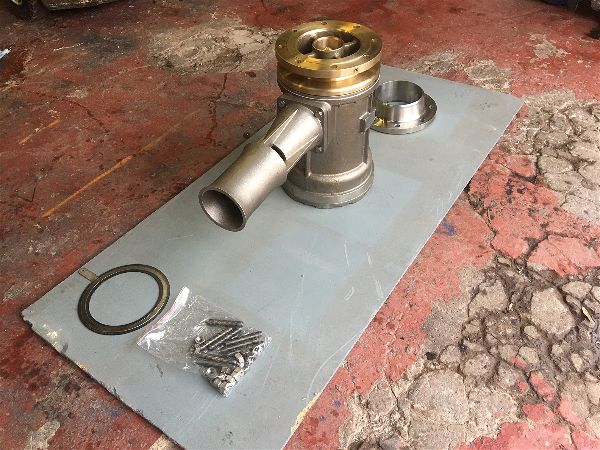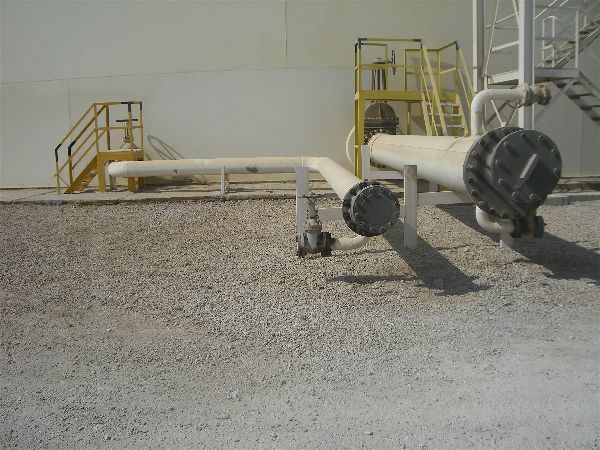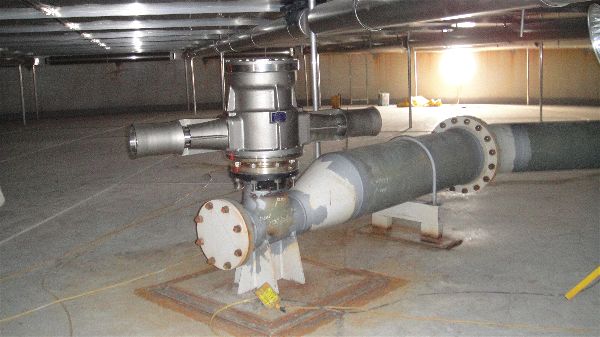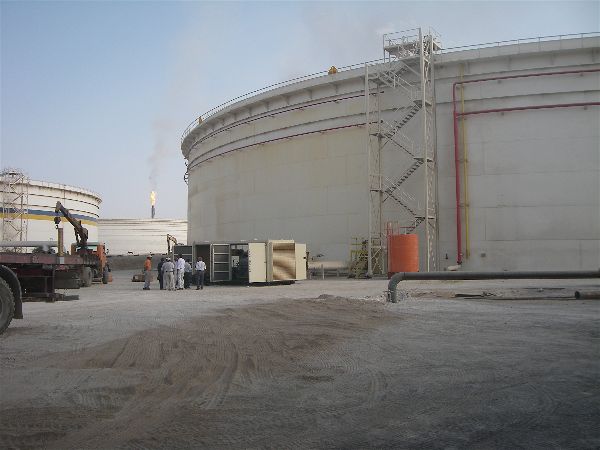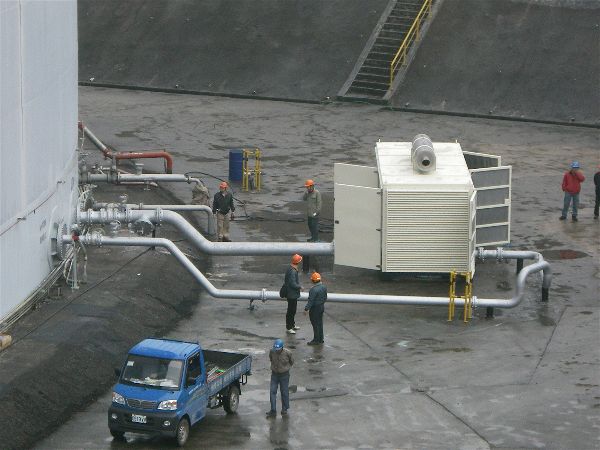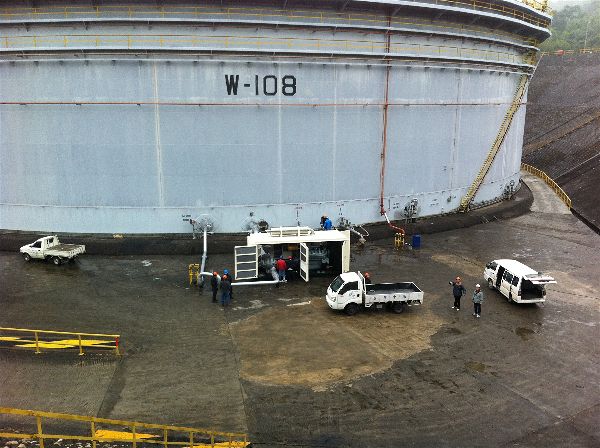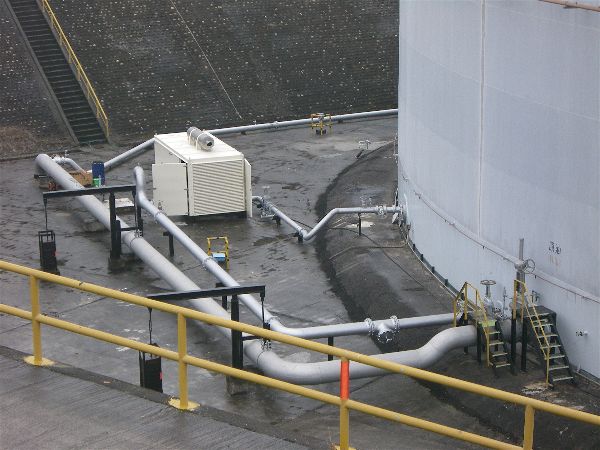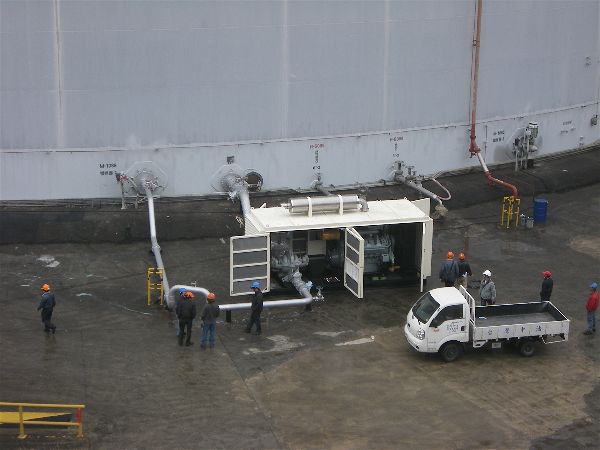Opec : Jet Mixers
OPEC’s ‘SRJ’ – submerged rotating jet mixing machine is used to minimise the formation of sludge in the bottom of crude oil storage tanks.
The SRJ is a permanently fixed ‘tank farm management’ tool.
It can also be used for product blending.
Widely accepted in the oil sector for being the best available technique it has replaced other industry standard technologies with many oil majors around the world.
OPEC has worked on the process and application of jet mixing techniques since the mid 1990’s.
The latest version utilises a patented venturi nozzle which greatly reduces time and increases efficiency for blending and sludge mitigation.
We have successfully installed jet mixers as a single centre mounted unit for the largest of tanks – 109m diameter / 1 million BBL crude oil storage tanks.
OPEC also provides dedicated specialised mobile diesel powered zone 1 rated pumping systems to power the mixers at the tank.

